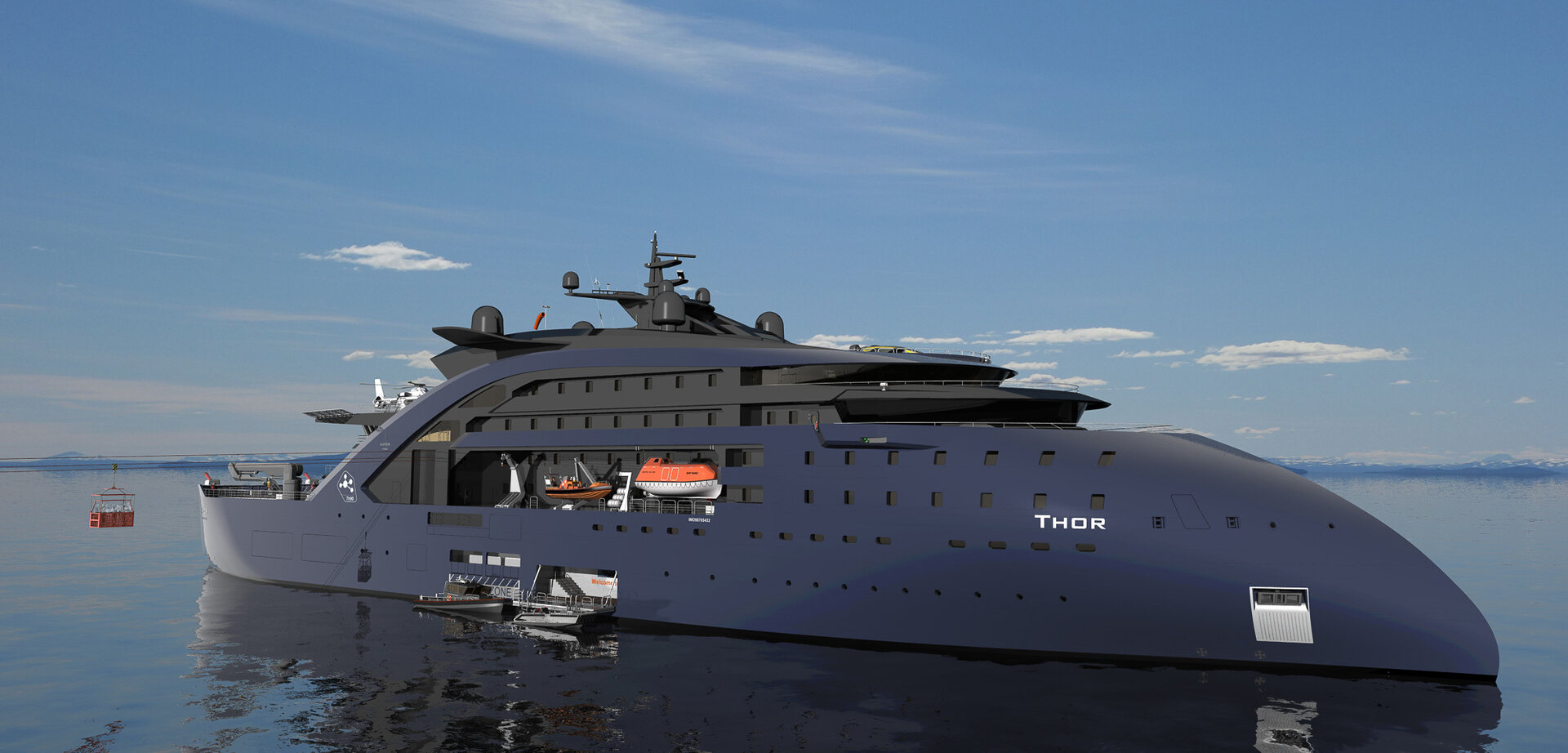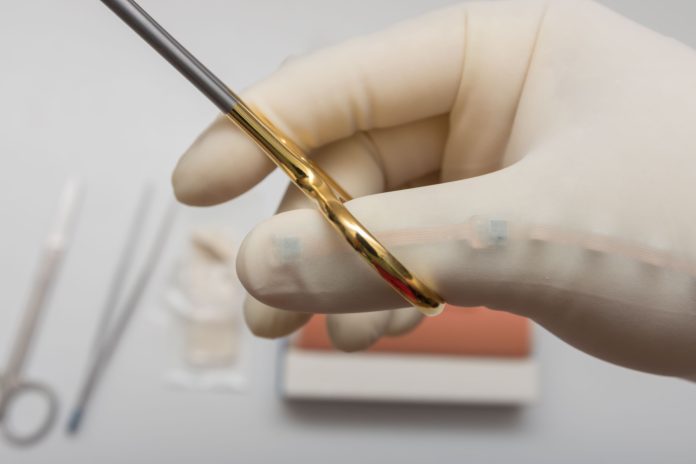Clean Compressed Air Energy
California seems to have more than its fair share of challenges over the coming decades. First and foremost is the water supply. If this doesn’t get fixed, nothing else in the pipeline will really matter. If the water shortage is fixed, the state still needs a huge amount of energy and the cleaner the better.
There’s A Lot Of Salt In Wyoming
A new idea, currently in the planning stage, is to create energy using a wind turbine farm and storing energy in the form of compressed air in salt caverns underground. The compressed air would then be converted to electricity using generators and pumped over 1,000 miles to Los Angeles, permanently powering up to 1 million households.
According to the current plan four caverns 1,300 feet high and 290 feet wide would be built and would hold enough air to generate 60,000 MWh of electricity via turbines above ground.
Precedents Exist
The use of salt mines for storing energy related products such as oil, liquefied natural gas and other petroleum products is not new. And according to Michael Nakhamkin, a top scientist in energy storage technology, this method is already being used in existing CAES plants in Alabama, since 1991 and Huntorf, Germany, since 1978.
CAES requires electrical power to compress air under high pressure in geological formations. New caverns are constructed by hollowing out salt using water.
Worldwide Adoption Of Alternative Energy Requires New Storage Methods
Storing energy in underground salt caverns is seen in both the United States and Europe as the only viable method for storing the huge amount of energy expected from full out expansion of a wind and solar-based energy infrastructure and facilities can be built at 1/10 the cost of above ground, man-made structures. In addition, storage underground of these resources allows power authorities to release energy “at peak” thereby improving the efficiency of the overall system.
The following illustration shows the proposal for a power project that links a wind farm in Wyoming and customers in Southern California.






